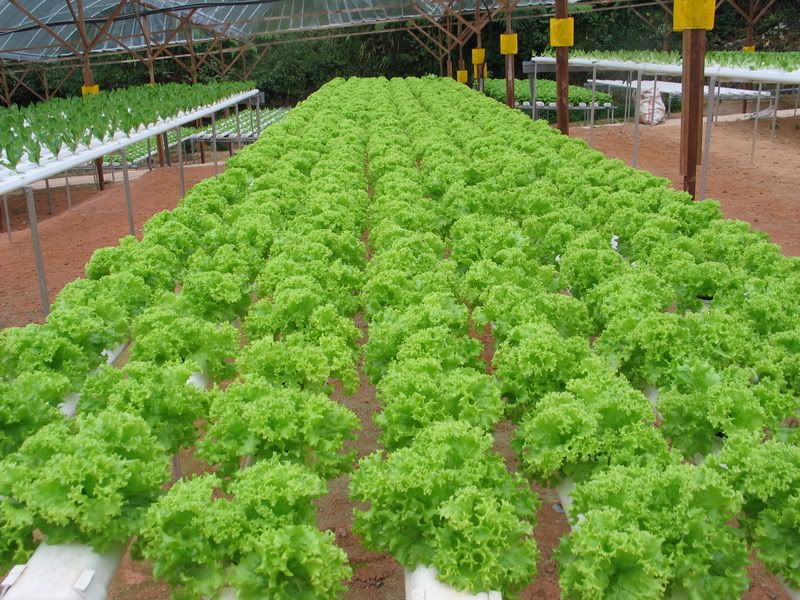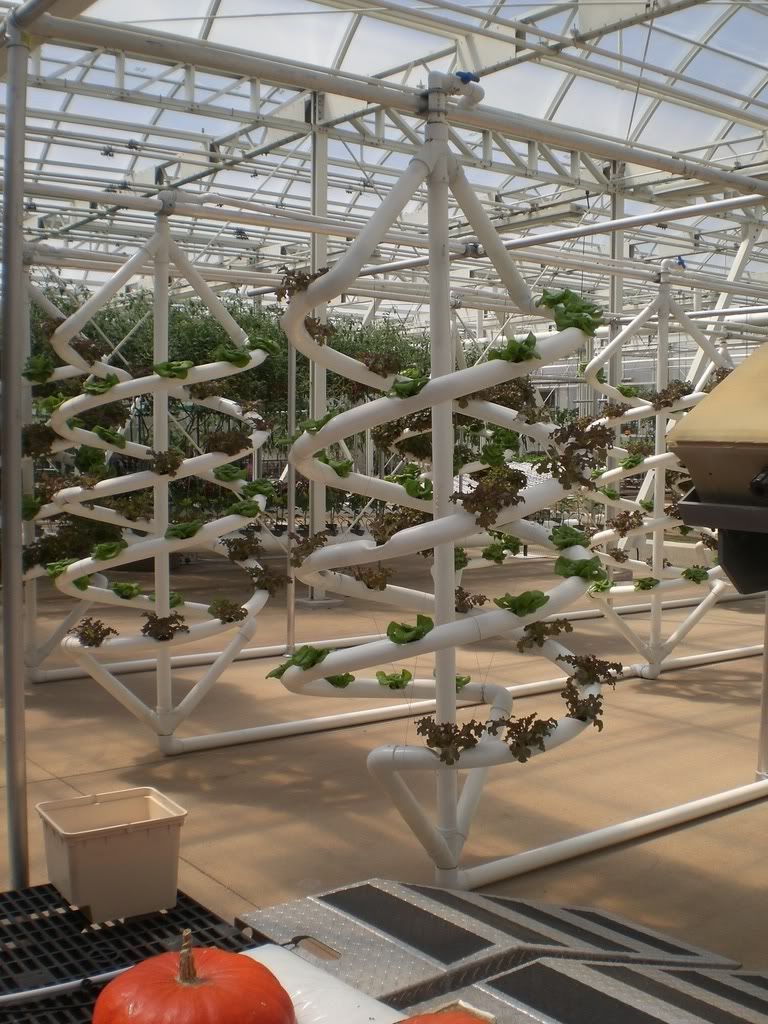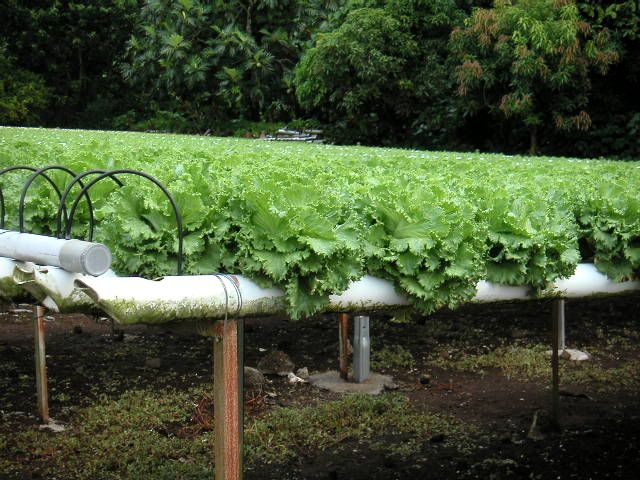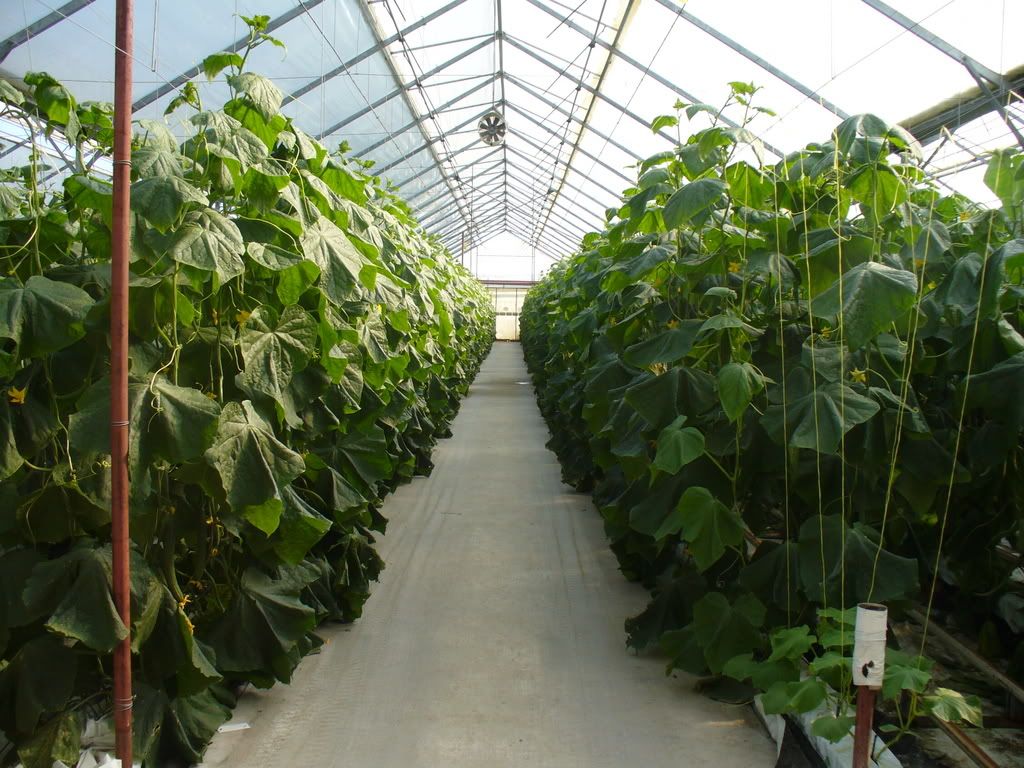
Singapore has started Hydroponic long before any other Asian countries because it is the best farming method for the island due to its limited land for farming. Aeroponic also not new to Singapore. Most of vegetables in Singapore are either came from Cameron Highlands or from Singapore own Hydroponic & Aeroponic modern farm
Elsewhere in the North, at Lim Chu Kang, a 5.6 hectare plot of land is the site of Singapore's first aeroponic farm. It is also the first in Asia to use Aeroponics for large-scale vege production. They grows crops such as Butter Head, Canasta and Dresser lettuces, kailan and dwarf cabbage.
The seedlings are planted in platform made of styrofoam with their roots beneath an insulating cover. The air is cooled to simulate temperate conditions. Nutrients dissolved in water are sprayed onto the roots. This method differs from hydroponics in the sense that in the latter, the roots are submerged, not exposed.
The development of the technology for commercial use was done by the Nanyang Technological University, The Primary Production Department (PPD) and the PSB. Already the farm is producing 900 kg of temperate crops daily.
The advantages of Aeroponics over conventional agriculture are similar to those of Hydroponics: First, the vegetables reach the market fresh. This is because normally, in the five days it takes for temperate vegetables to be imported from Australia, the Netherlands and Hong Kong, they might spoil. Second, the Aeroponic vegetables are likely to be twenty percent cheaper as they need not be air-flown. Third, the vegetables are pesticide-free because fine netting is used to protect the seedlings, while still allowing air to circulate. In fact, they have a higher calcium, potassium and iron content. Fourth, less water is needed than in conventional practices. For example, water from a single hundred-litre tank can be used for up to five hundred plants. Finally, the plants grow faster because conditions can be controlled.
The first harvest was in June 1996, and the farm cost $5 million to build. The produce is sold at supermarkets, wet-markets and restaurants. The greens will eventually be exported, for example to the Middle East.
example to the Middle East.
Singapore students visiting Aeroponic farm
 example to the Middle East.
example to the Middle East. example to the Middle East.
example to the Middle East.















No comments:
Post a Comment